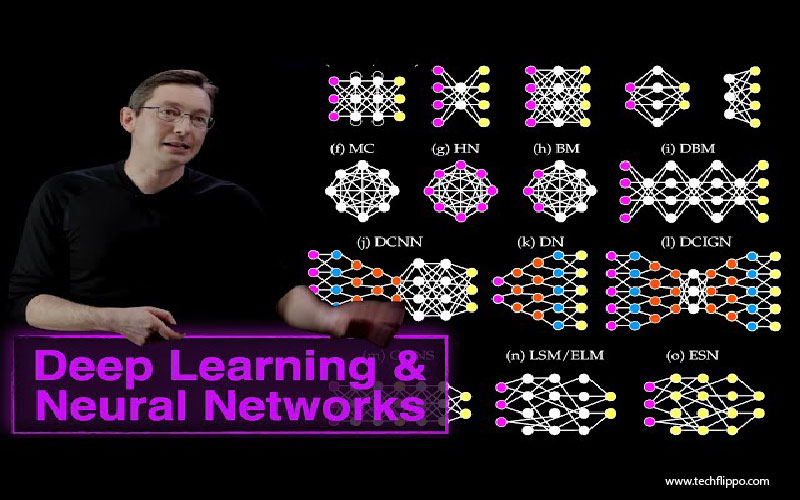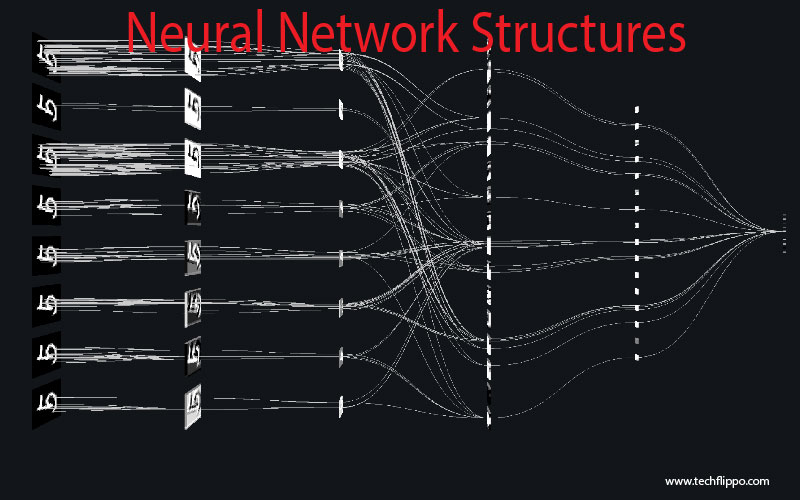Cutting-Edge Neural Network Structures
Welcome to the world of tomorrow, where artificial intelligence and neural networks are shaping the way we interact with technology. In this fast-paced digital era, architecting cutting-edge neural network structures is paving the path for innovative solutions and advancements like never before. Join us on a journey as we delve into the realm of Neural Network Architectures, exploring their evolution from traditional models to groundbreaking structures that are revolutionizing industries across the globe. Let’s unlock the potential of these fascinating technologies together!

Traditional Neural Networks vs. Cutting-Edge Structures
Let’s delve into the realm of neural networks, where traditional approaches meet cutting-edge innovations. Traditional neural networks follow a sequential pattern of input layers, hidden layers, and output layers. They excel at tasks like image recognition but fall short in capturing complex relationships in data.
On the other hand, cutting-edge structures like Convolutional Neural Networks (CNNs) revolutionize image processing by incorporating convolutional layers that extract features hierarchically. Recurrent Neural Networks (RNNs) introduce loops to process sequences and are ideal for tasks involving time-series data or natural language processing.
Then comes Generative Adversarial Networks (GANs), pitting two neural networks against each other to generate realistic content such as images or text. These advancements push the boundaries of what neural networks can achieve, opening doors to innovative applications across various industries.
Convolutional Neural Networks (CNNs)
When it comes to cutting-edge neural network structures, Convolutional Neural Networks (CNNs) are at the forefront of innovation. These networks have revolutionized image recognition and computer vision tasks by mimicking the visual cortex’s ability to detect patterns.
CNNs excel in capturing spatial hierarchies in data through their convolutional layers. By utilizing filters to extract features, CNNs can effectively identify complex patterns within images, making them ideal for tasks like object detection and facial recognition.
One key advantage of CNNs is their ability to automatically learn hierarchical representations from raw pixel values, eliminating the need for manual feature extraction. This not only streamlines the training process but also enhances accuracy on a wide range of visual tasks.
Moreover, with advancements in architecture design and optimization techniques, CNNs continue to push boundaries in areas such as medical imaging diagnostics, autonomous driving systems, and even artistic style transfer applications. The versatility and performance of CNNs make them an indispensable tool in today’s AI landscape.
Recurrent Neural Networks (RNNs)
Recurrent Neural Networks (RNNs) are a fascinating breed in the realm of neural network architectures. What sets RNNs apart is their ability to retain memory, making them well-suited for sequential data tasks like natural language processing and speech recognition. Picture RNNs as networks with loops, allowing information to persist throughout the model.
Imagine you’re analyzing text where context matters – that’s where RNNs shine. They can grasp dependencies within sequences by considering previous inputs when processing current ones. This recursive nature empowers RNNs to predict outcomes based on historical patterns, offering valuable insights in various fields.
Despite their strengths, traditional RNNs have limitations like difficulty retaining long-term dependencies due to vanishing or exploding gradients during training. To address this challenge, variations such as Long Short-Term Memory (LSTM) and Gated Recurrent Units (GRU) have emerged, enhancing performance on complex tasks.
In essence, RNNs bring a dynamic element to neural network structures through their memory-retaining capabilities and iterative processing mechanisms.

Generative Adversarial Networks (GANs)
Generative Adversarial Networks (GANs) have revolutionized the field of artificial intelligence by introducing a unique framework where two neural networks, the generator and discriminator, work in tandem to generate realistic data. The generator aims to create synthetic data samples that are indistinguishable from real data, while the discriminator’s role is to differentiate between real and generated samples.
This dynamic interplay results in GANs being able to produce high-quality outputs across various domains such as image generation, text-to-image synthesis, and style transfer. By harnessing adversarial learning, GANs have shown remarkable capabilities in creating content that mirrors human creativity.
However, training GANs can be challenging due to issues like mode collapse and instability during convergence. Researchers continue to explore innovative techniques to enhance the stability and performance of GAN models for more robust generative tasks. As GAN technology evolves, its potential applications span diverse fields including art generation, video synthesis, and anomaly detection.
The future holds immense possibilities for advancing Generative Adversarial Networks towards even greater feats of generative modeling excellence.
Applications of Cutting-Edge Neural Network Structures
As technology advances, cutting-edge neural network structures are revolutionizing various industries. In healthcare, these networks are being used for medical image analysis to assist in diagnosing diseases with higher accuracy.
In the automotive sector, autonomous vehicles rely on neural networks for real-time decision-making on the road, enhancing safety and efficiency. Financial institutions utilize these structures for fraud detection and risk assessment to protect against cyber threats.
Moreover, in entertainment and marketing, personalized recommendations powered by neural networks help create tailored experiences for users. The gaming industry benefits from improved character animations and intelligent behavior simulations driven by these advanced architectures.
The applications of cutting-edge neural network structures continue to expand across diverse fields, promising innovative solutions and groundbreaking advancements that shape the future of technology.
Challenges and Future Directions
As we delve into the realm of cutting-edge neural network architectures, it’s imperative to acknowledge the challenges that come hand in hand with pushing boundaries. One significant hurdle is the computational intensity required by these sophisticated networks. Training large-scale models can be resource-intensive and time-consuming, posing a barrier for widespread adoption.
Another challenge lies in ensuring the robustness and interpretability of these complex structures. As neural networks become more intricate, understanding how they arrive at their decisions becomes increasingly opaque. Striking a balance between model complexity and explain ability is an ongoing area of research.
Looking ahead, future directions in neural network architectures are likely to focus on addressing these challenges while also exploring novel ways to enhance performance and efficiency. From designing specialized architectures for specific tasks to incorporating principles from neuroscience, there’s a vast landscape waiting to be explored in shaping the next generation of neural networks.
Conclusion
Neural networks have revolutionized the field of artificial intelligence, enabling machines to mimic human cognitive functions. In this blog post, we delved into traditional neural networks and cutting-edge structures that are pushing the boundaries of innovation.
From Convolutional Neural Networks (CNNs) for image recognition to Recurrent Neural Networks (RNNs) for sequential data analysis and Generative Adversarial Networks (GANs) for generating realistic content, these advanced architectures are reshaping industries such as healthcare, finance, and autonomous driving.
As we continue to explore new frontiers in neural network architectures, challenges like interpretability, scalability, and robustness remain. However, with ongoing research and collaboration across disciplines, the future looks promising for unlocking even greater potential in AI applications.
In a world where technology is evolving at an unprecedented pace, architecting the future with cutting-edge neural network structures is not just a possibility—it’s a necessity. Let’s embrace these advancements with curiosity and creativity as we pave the way for a smarter tomorrow.